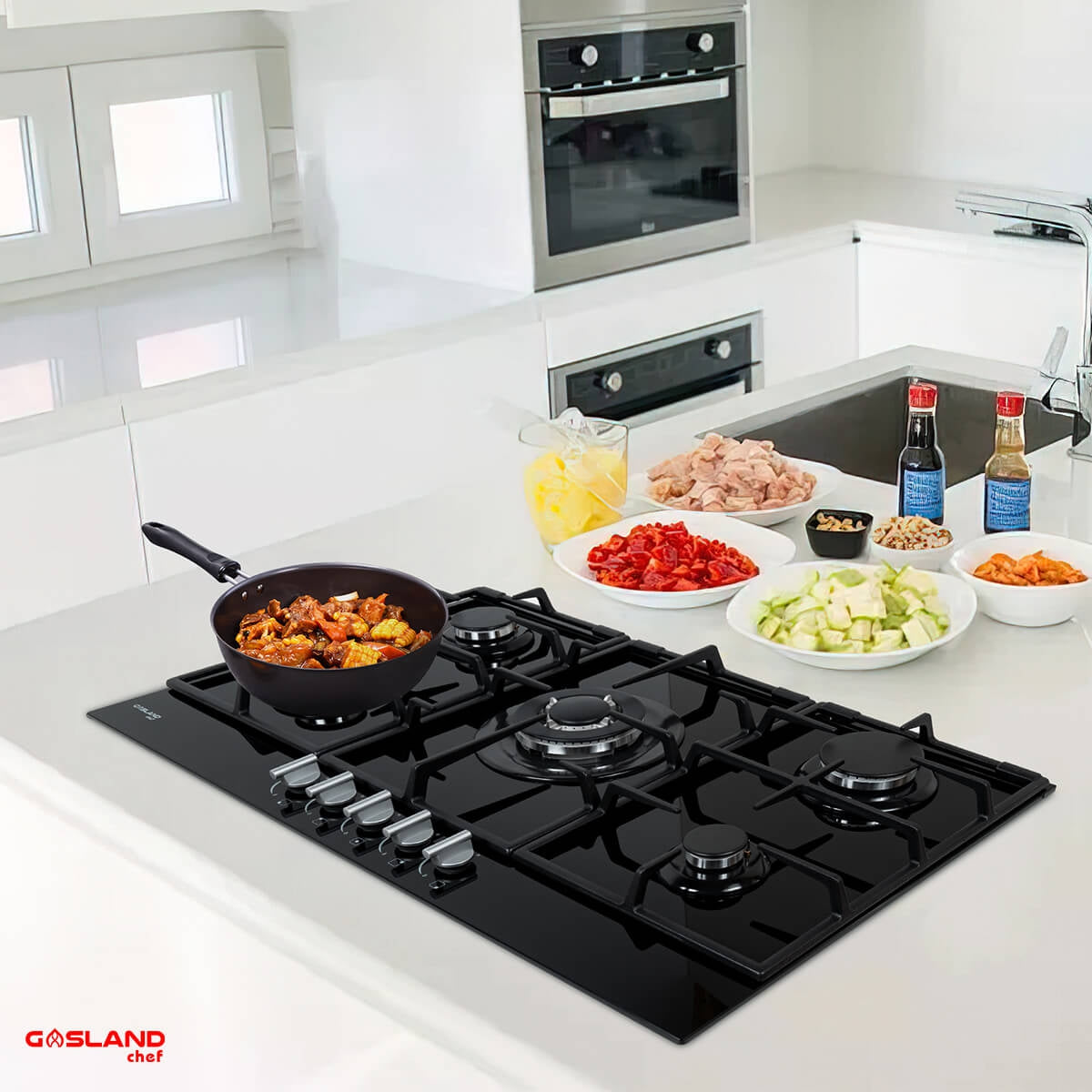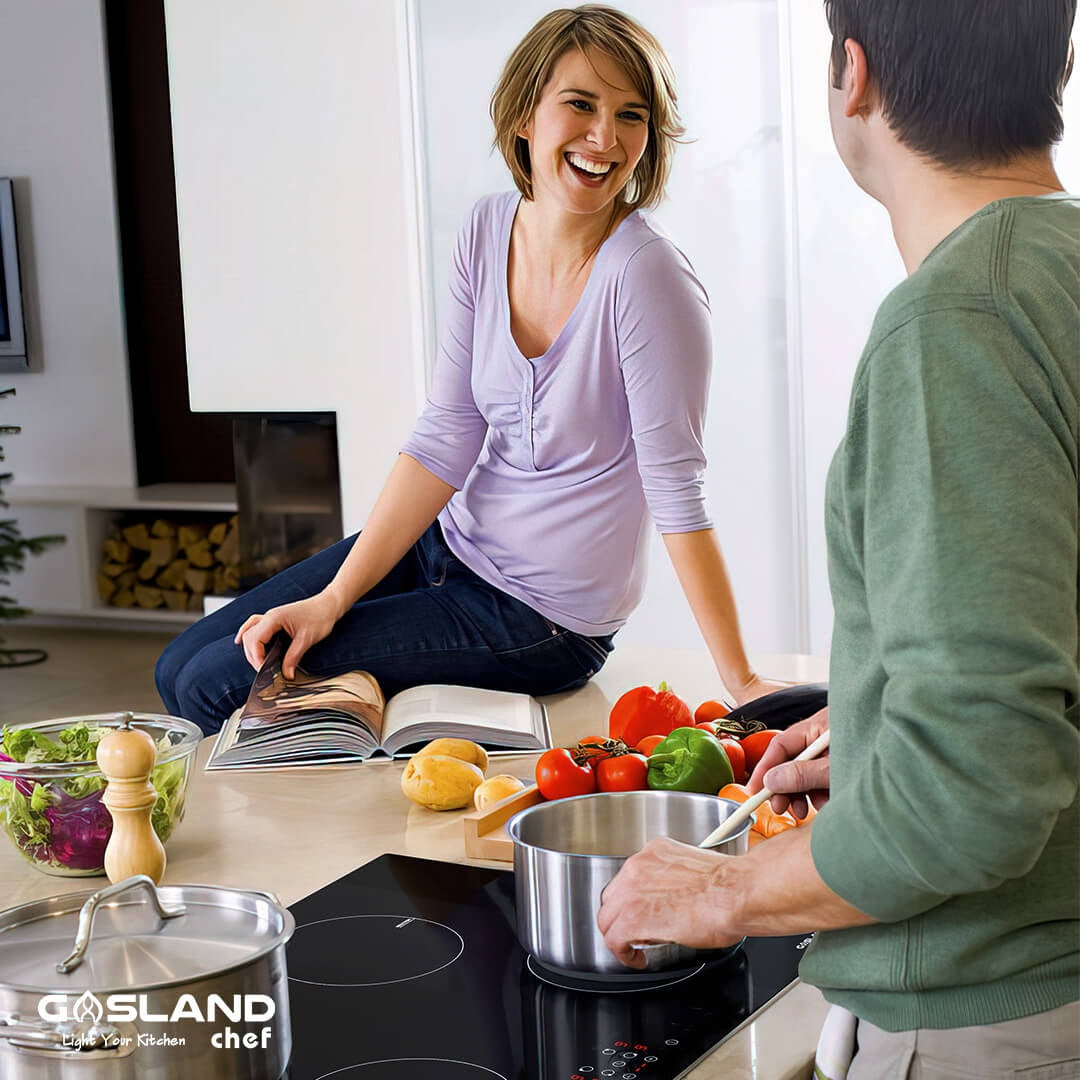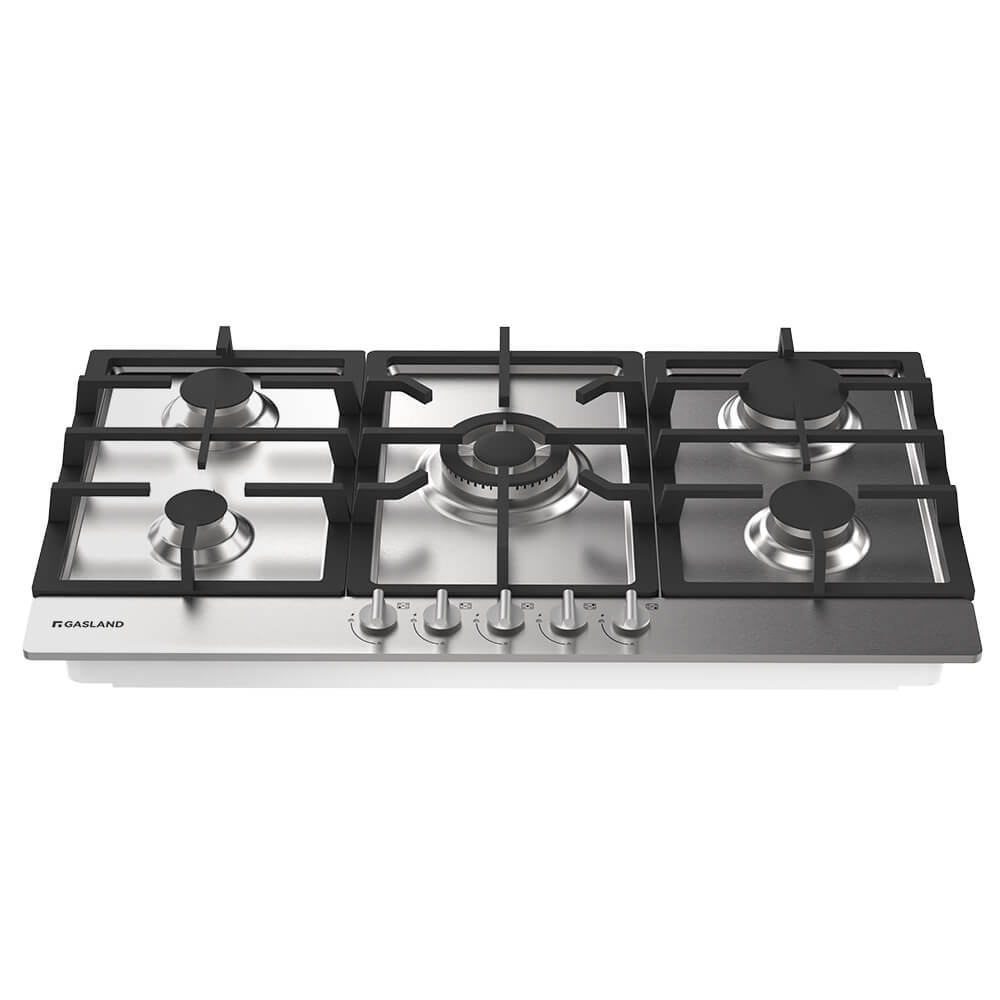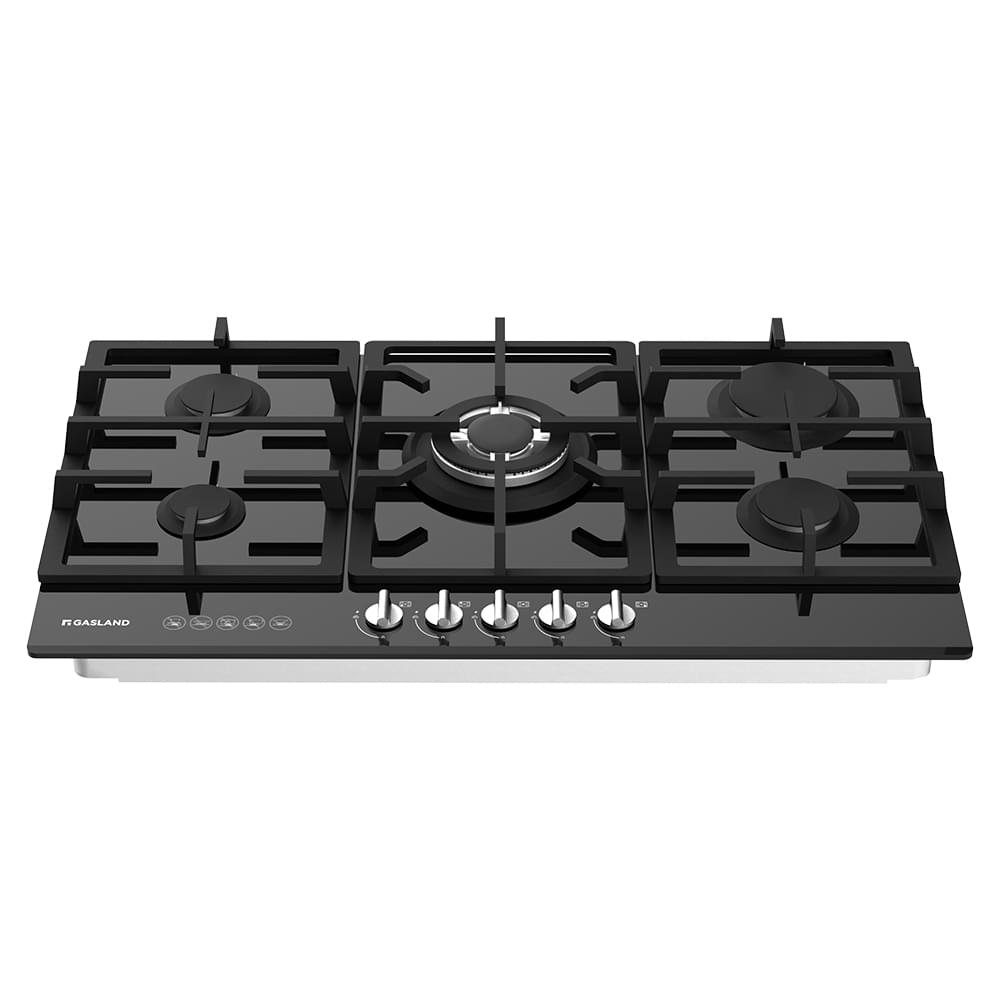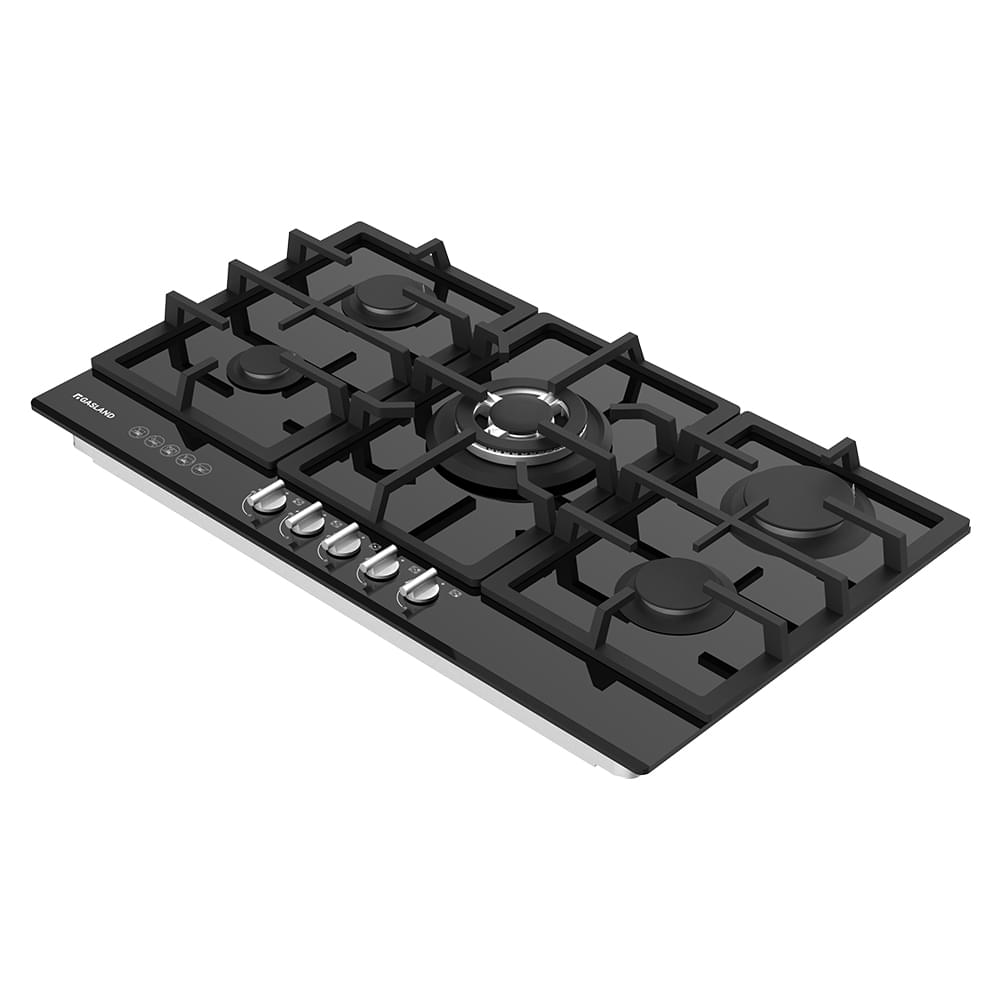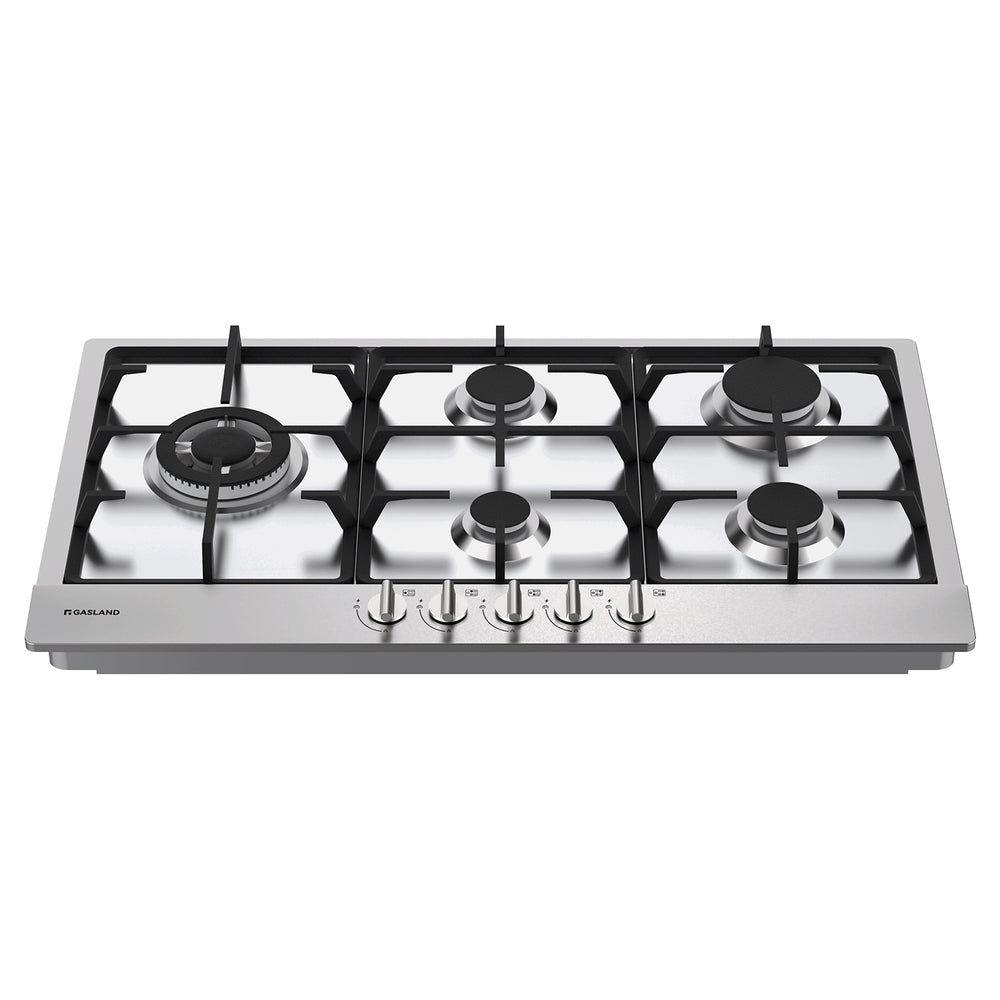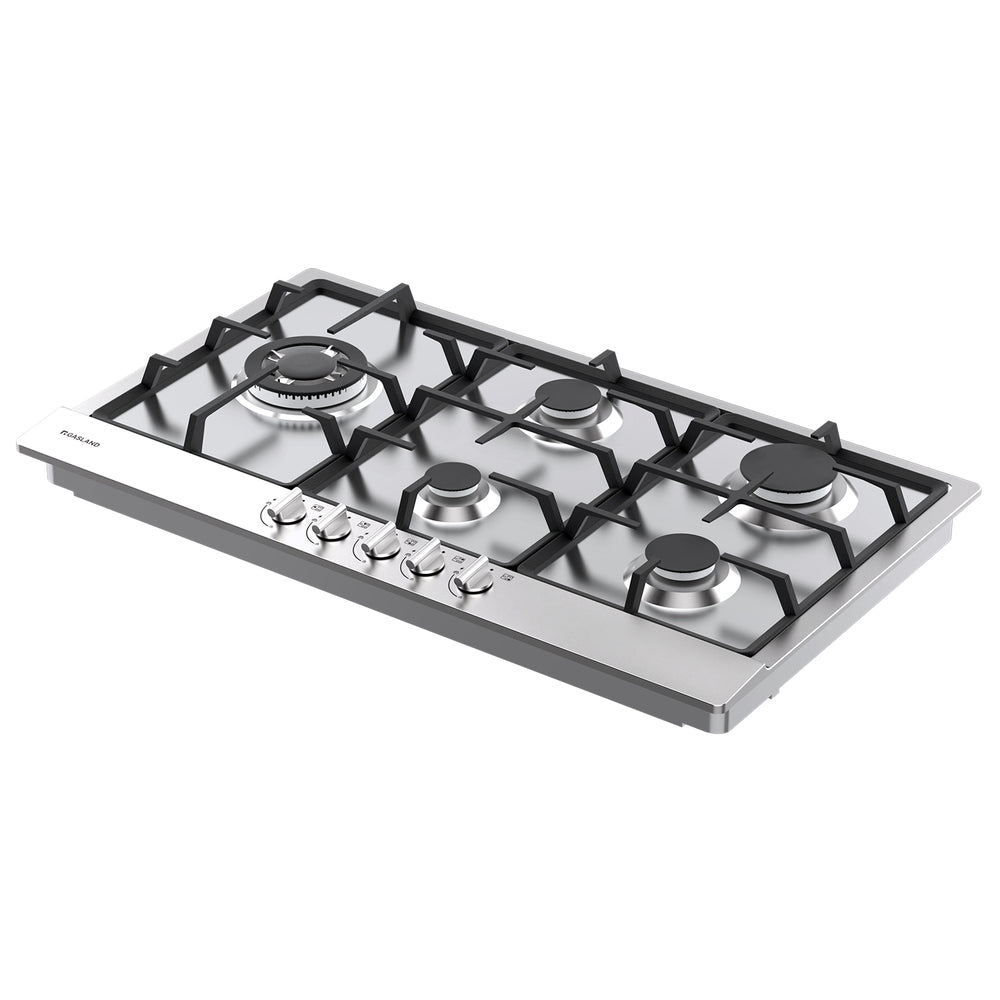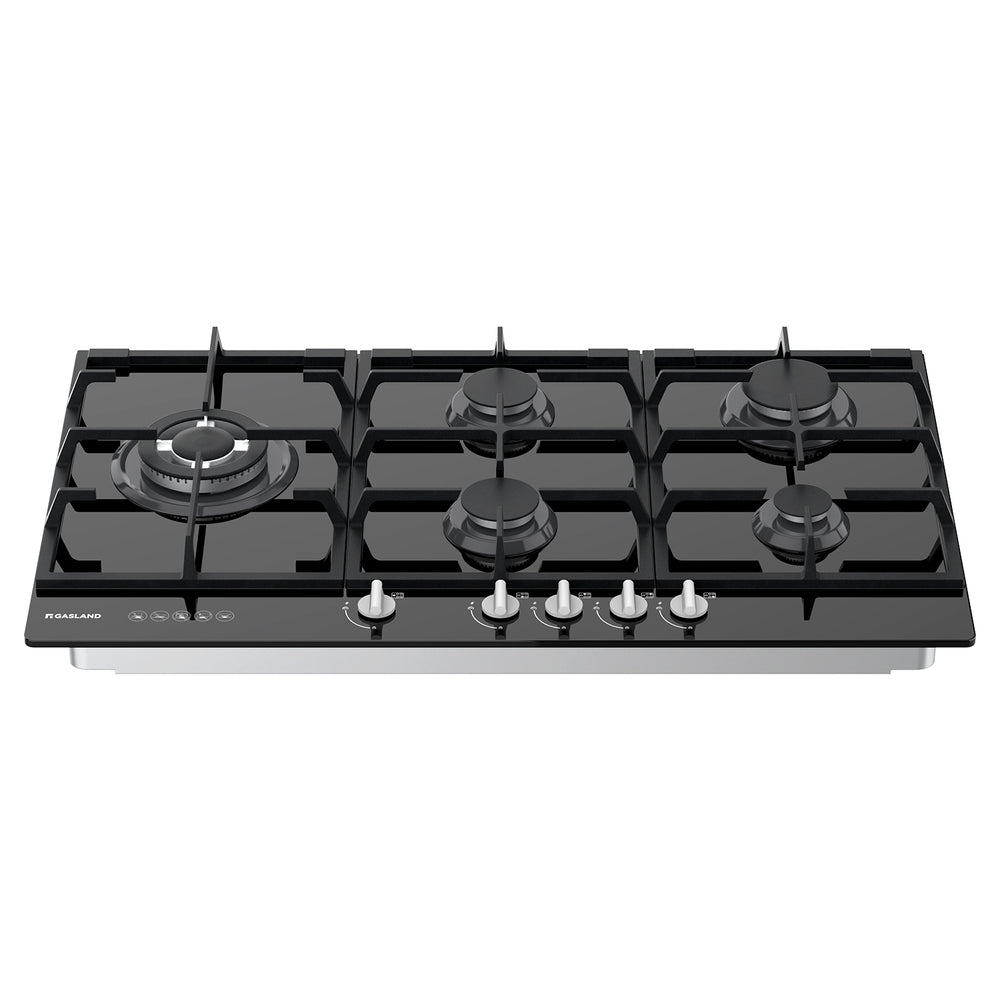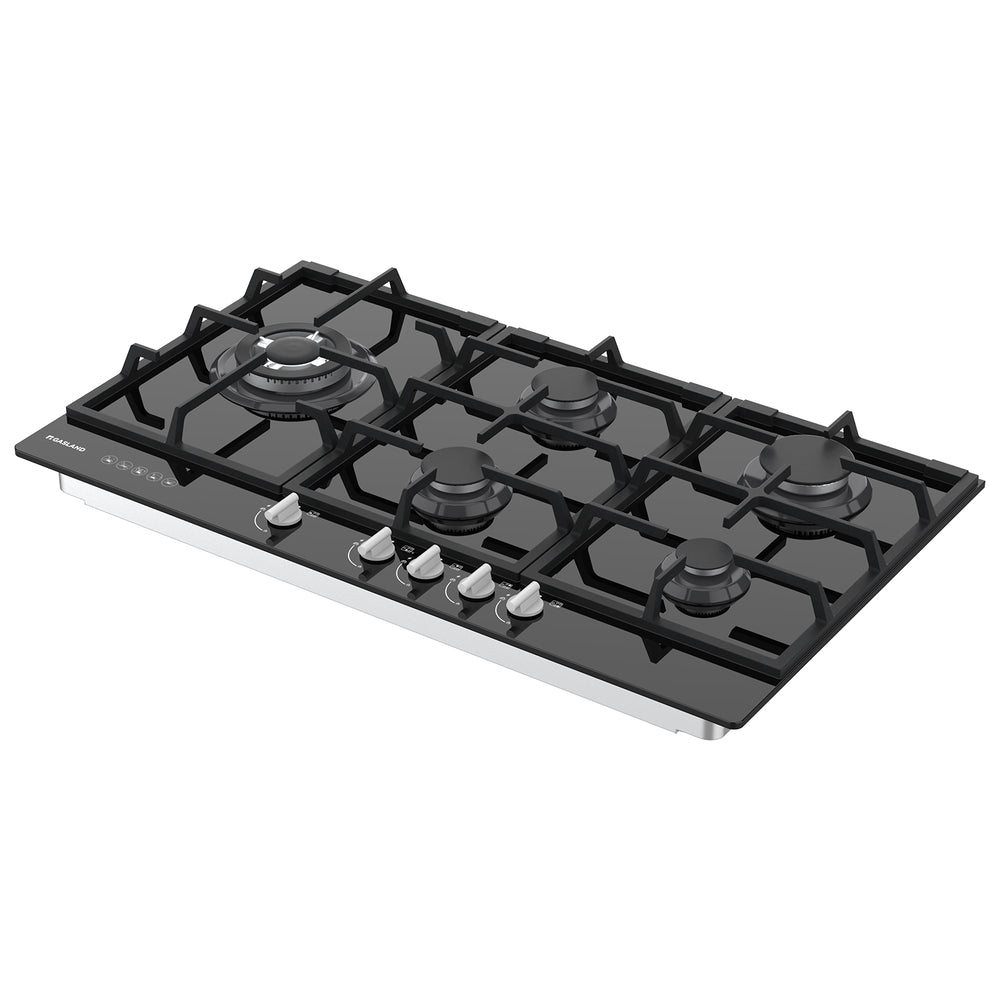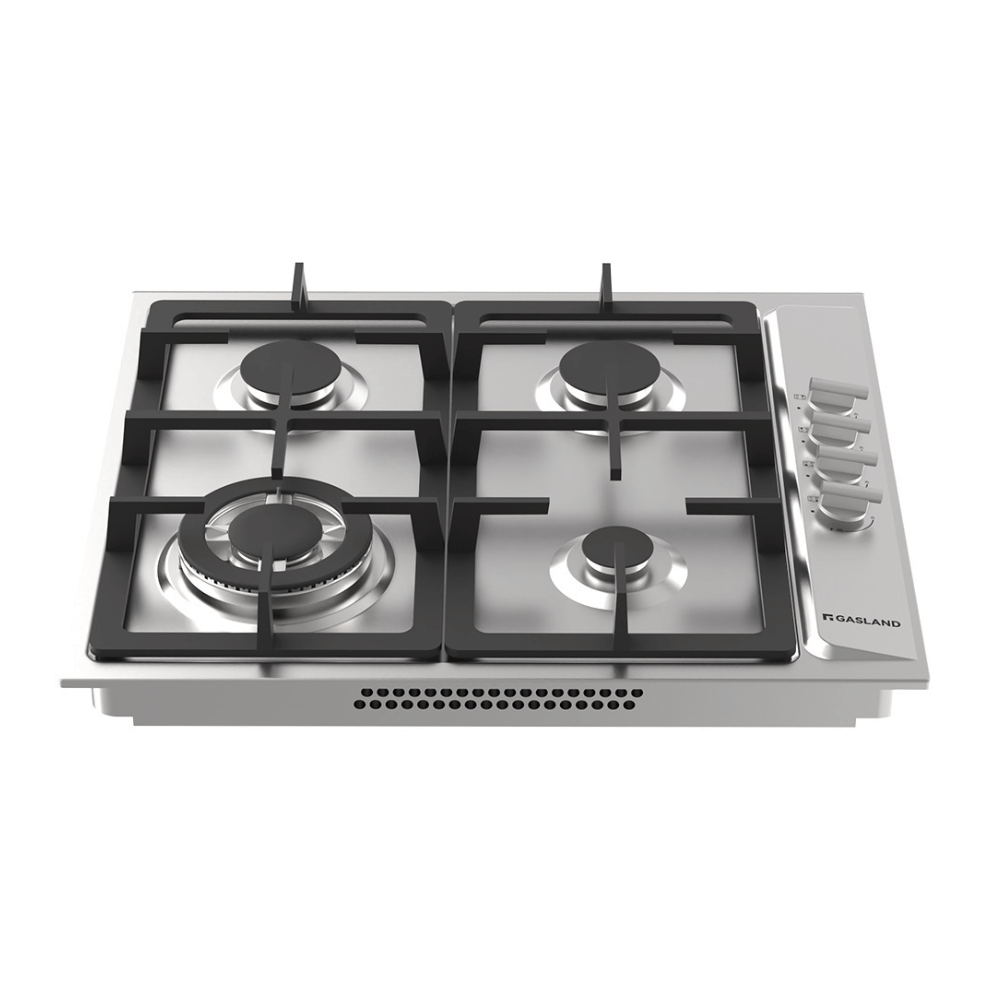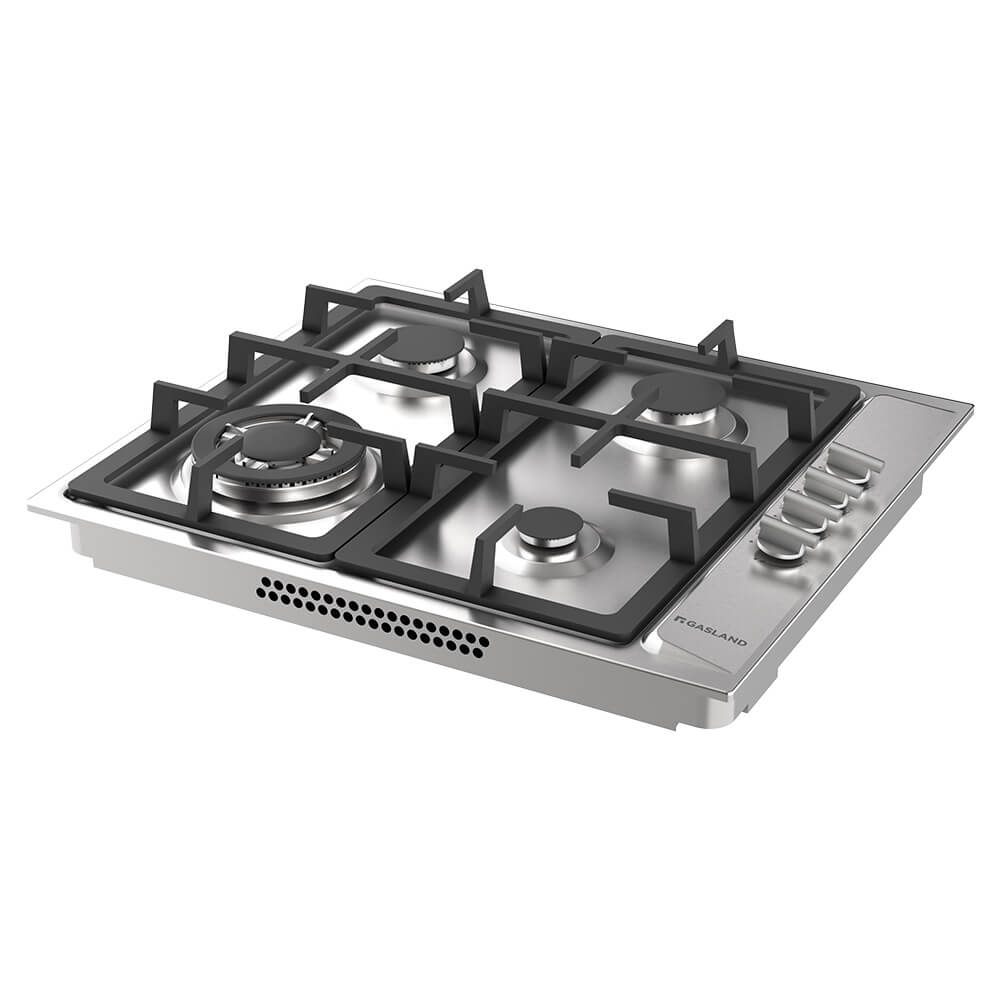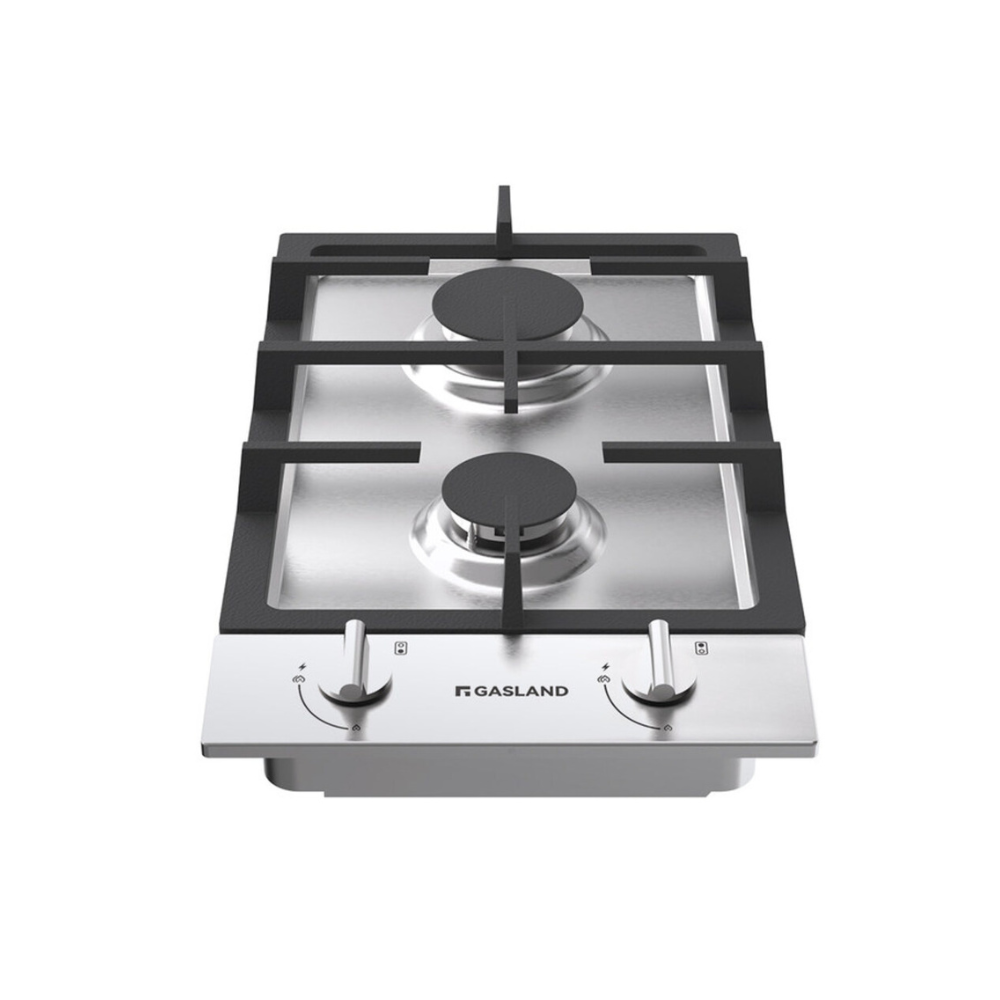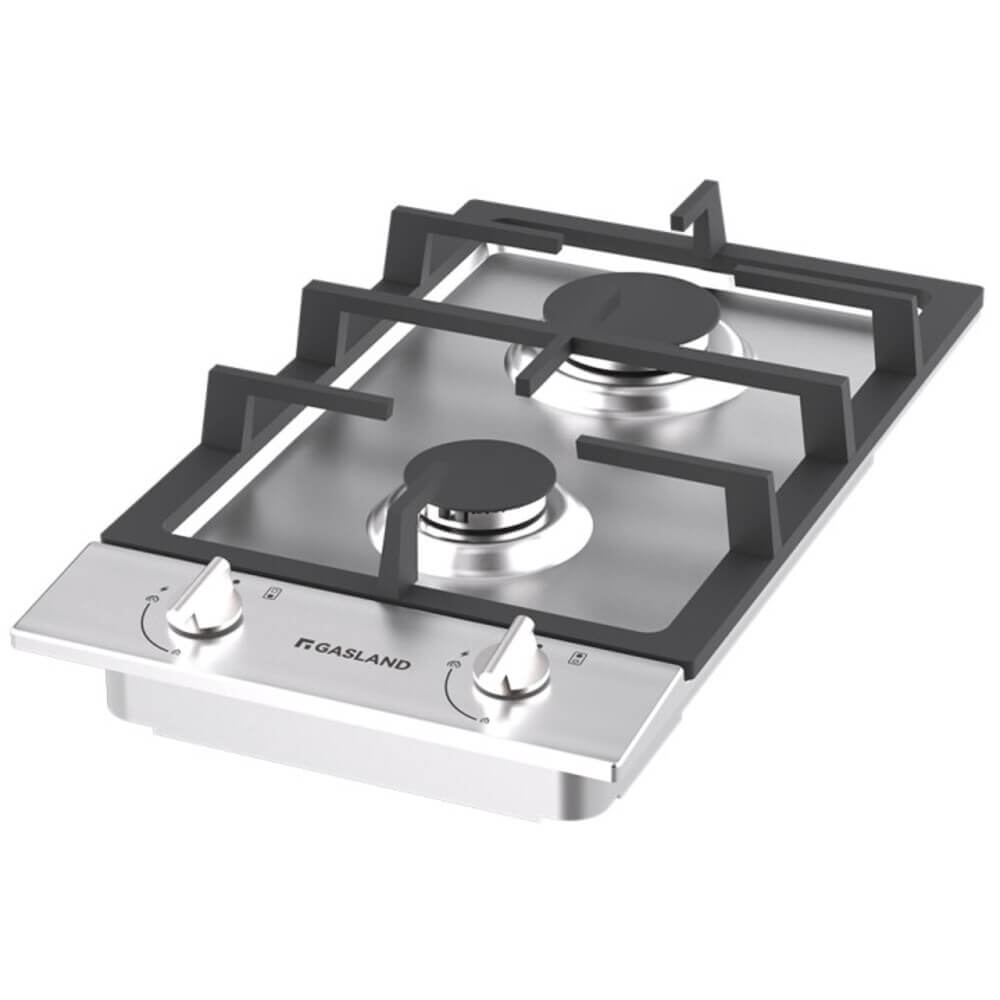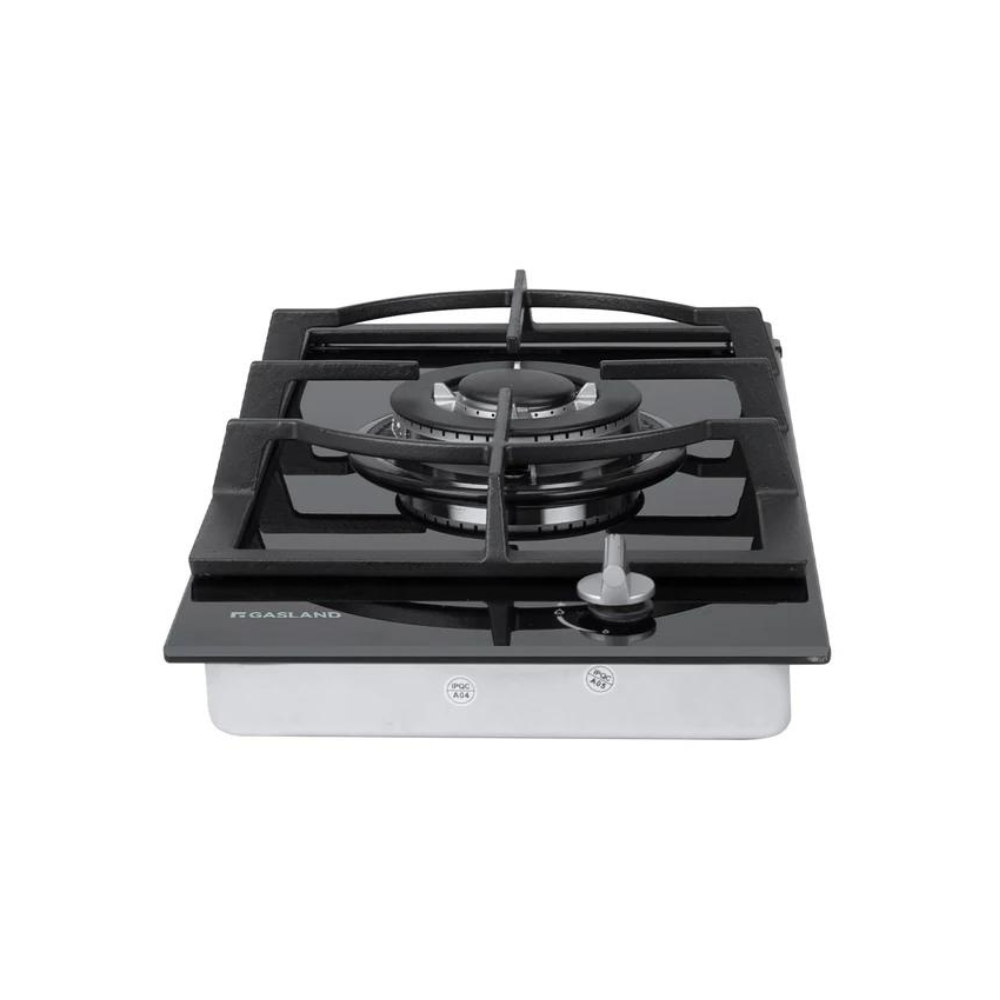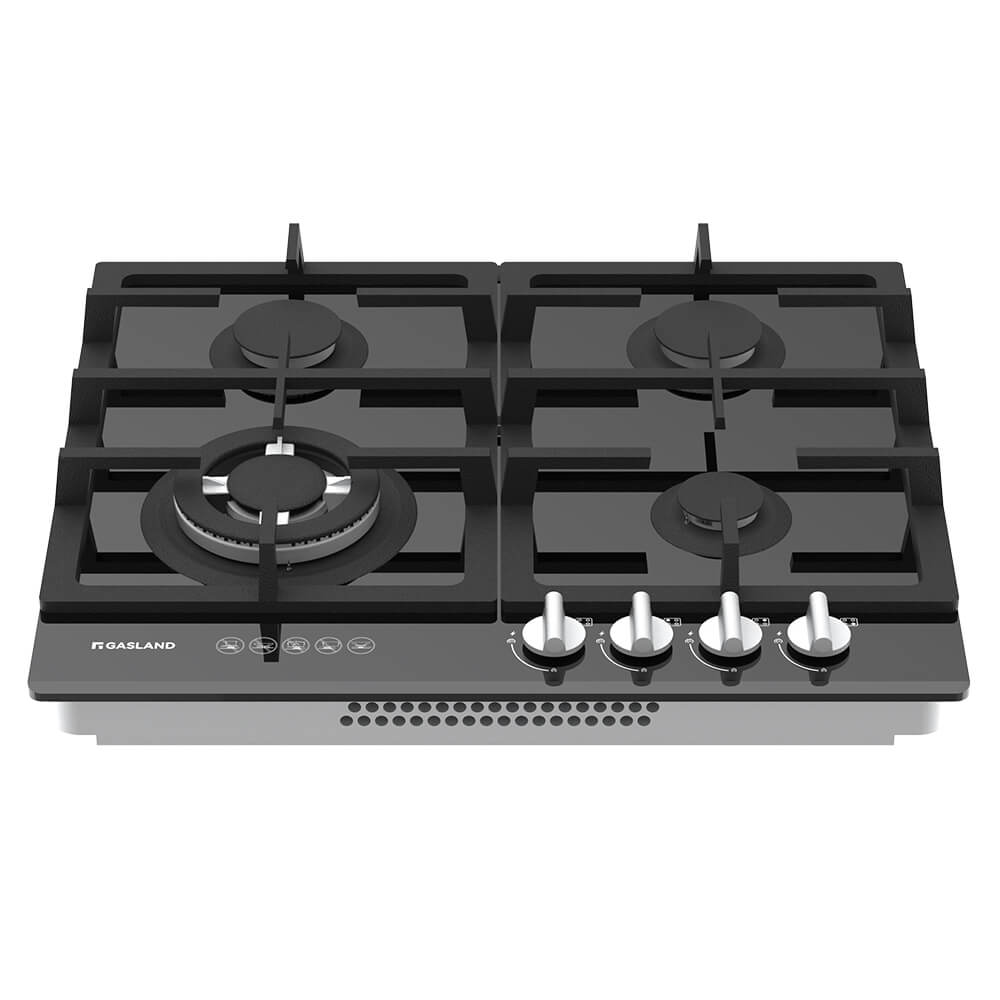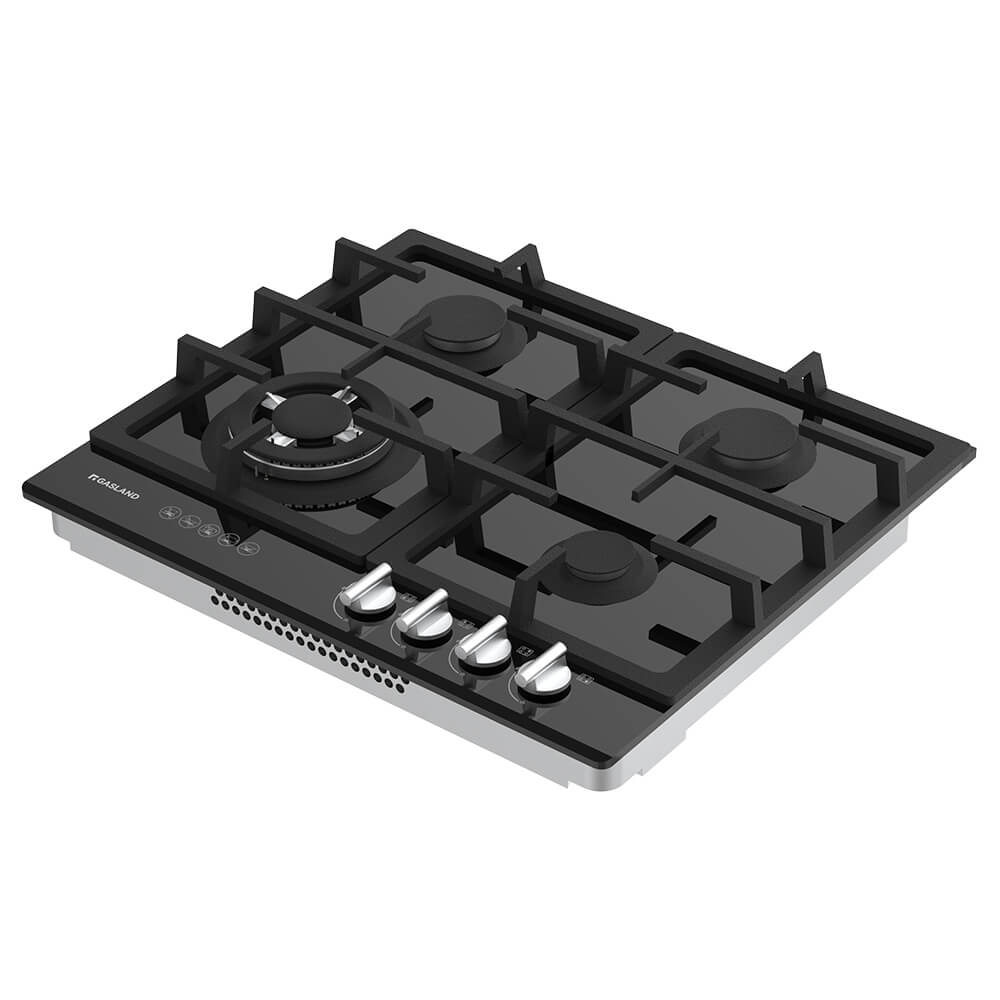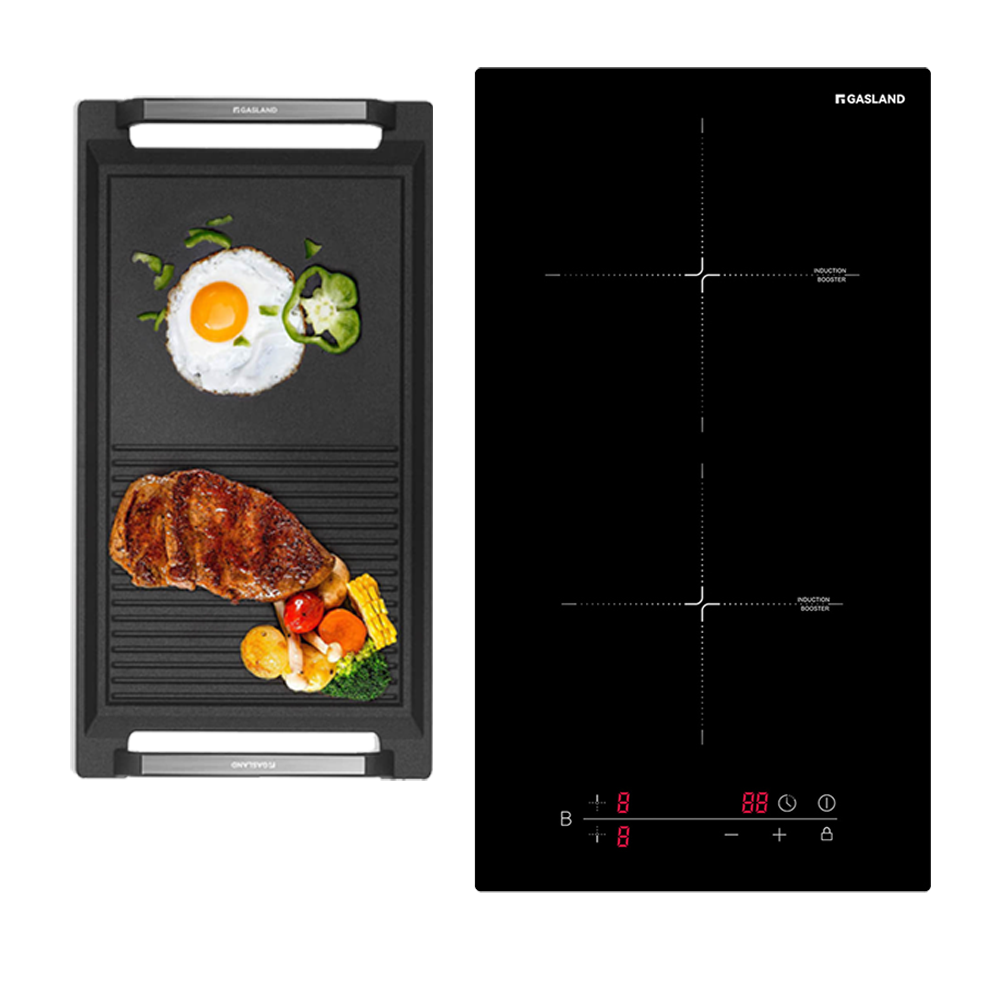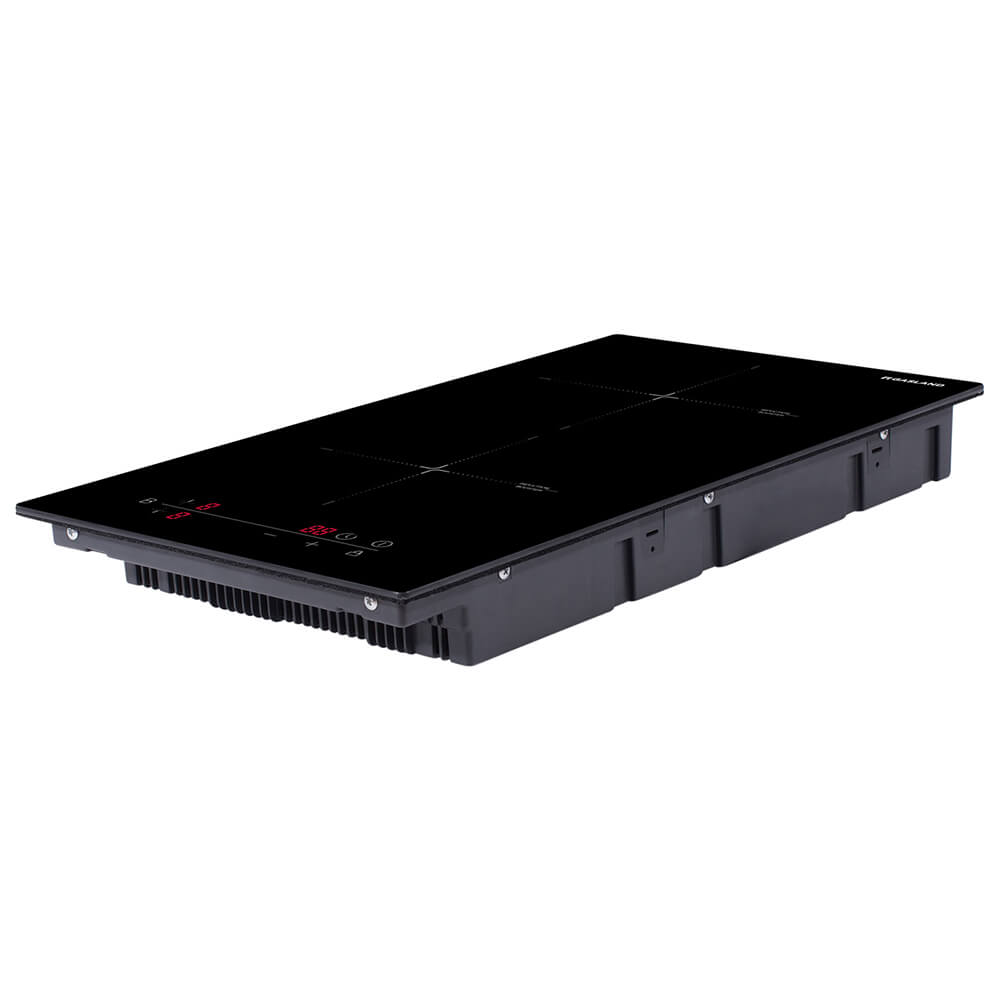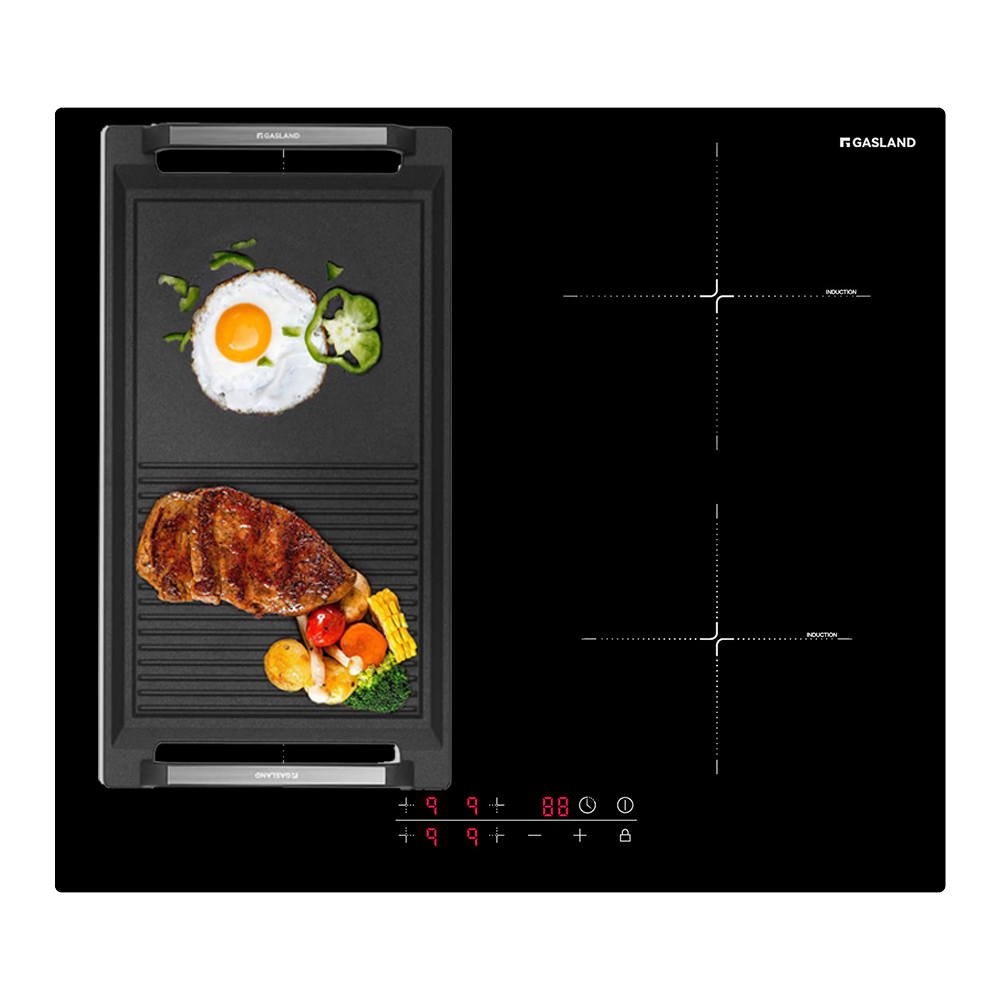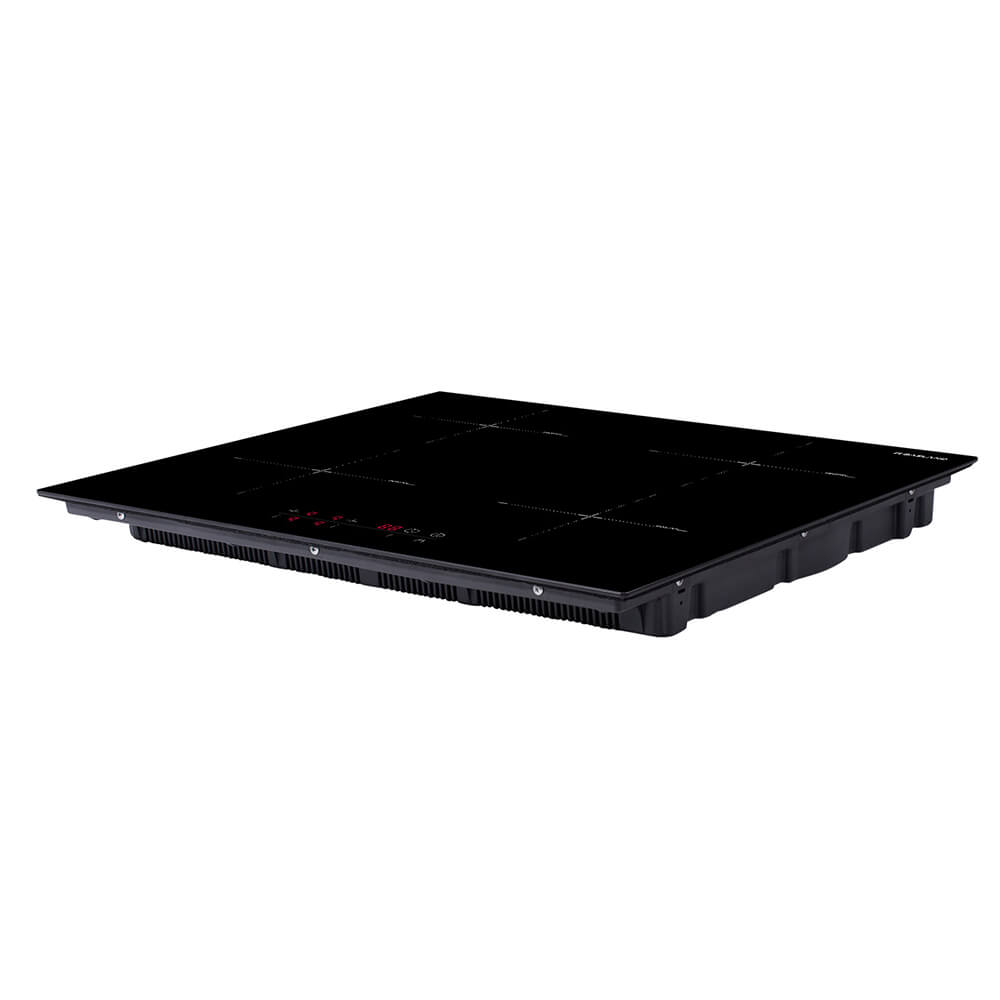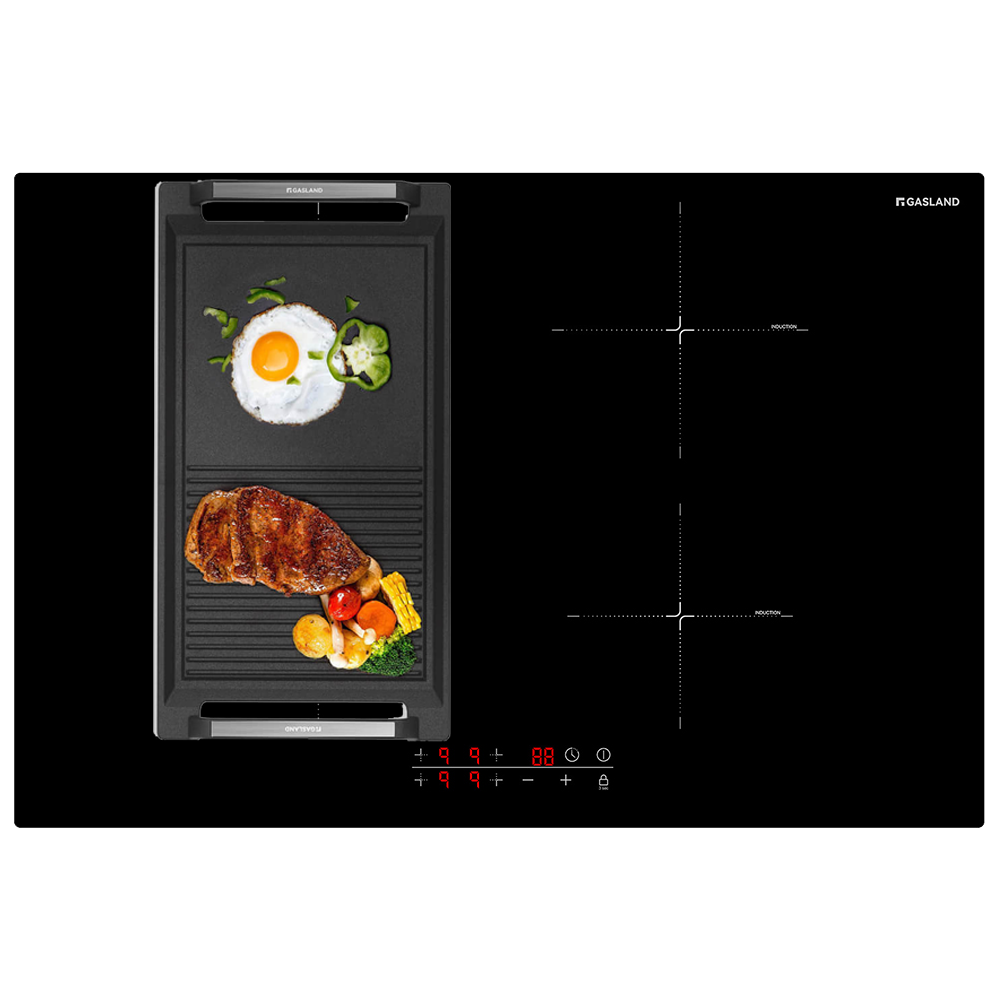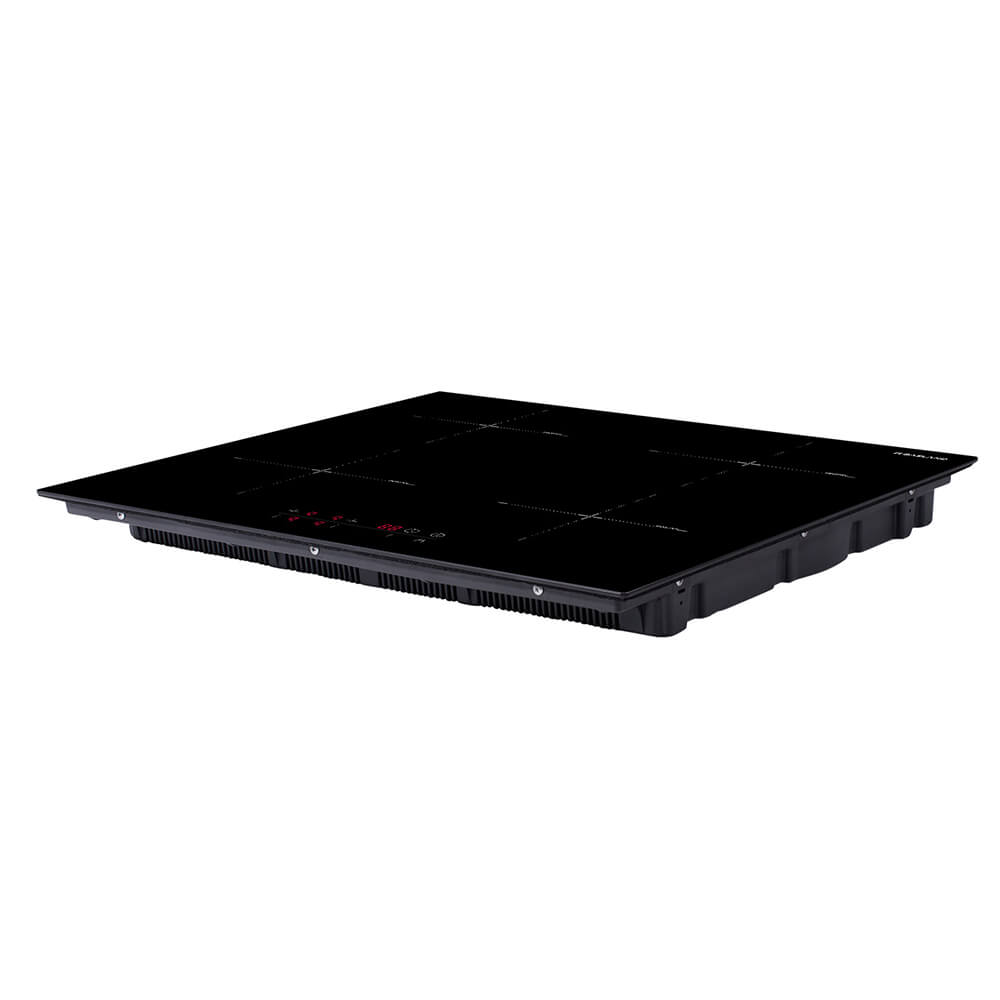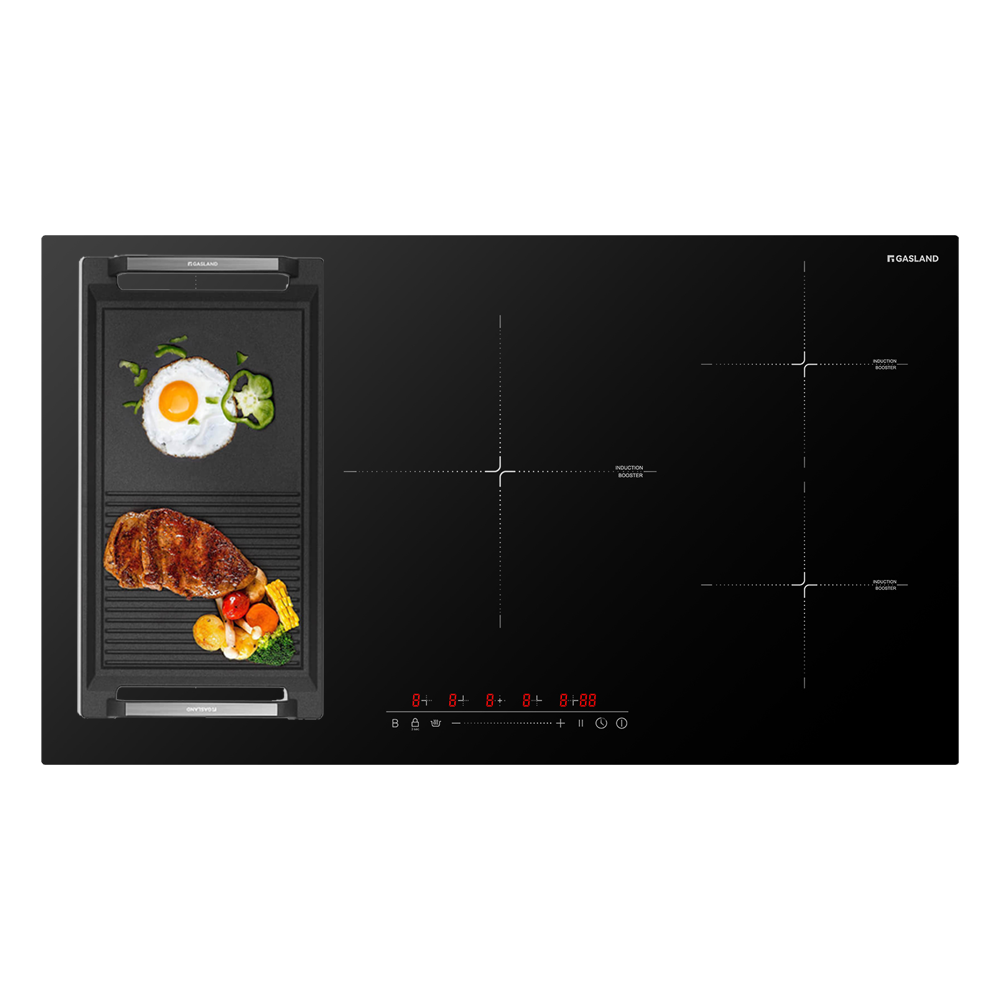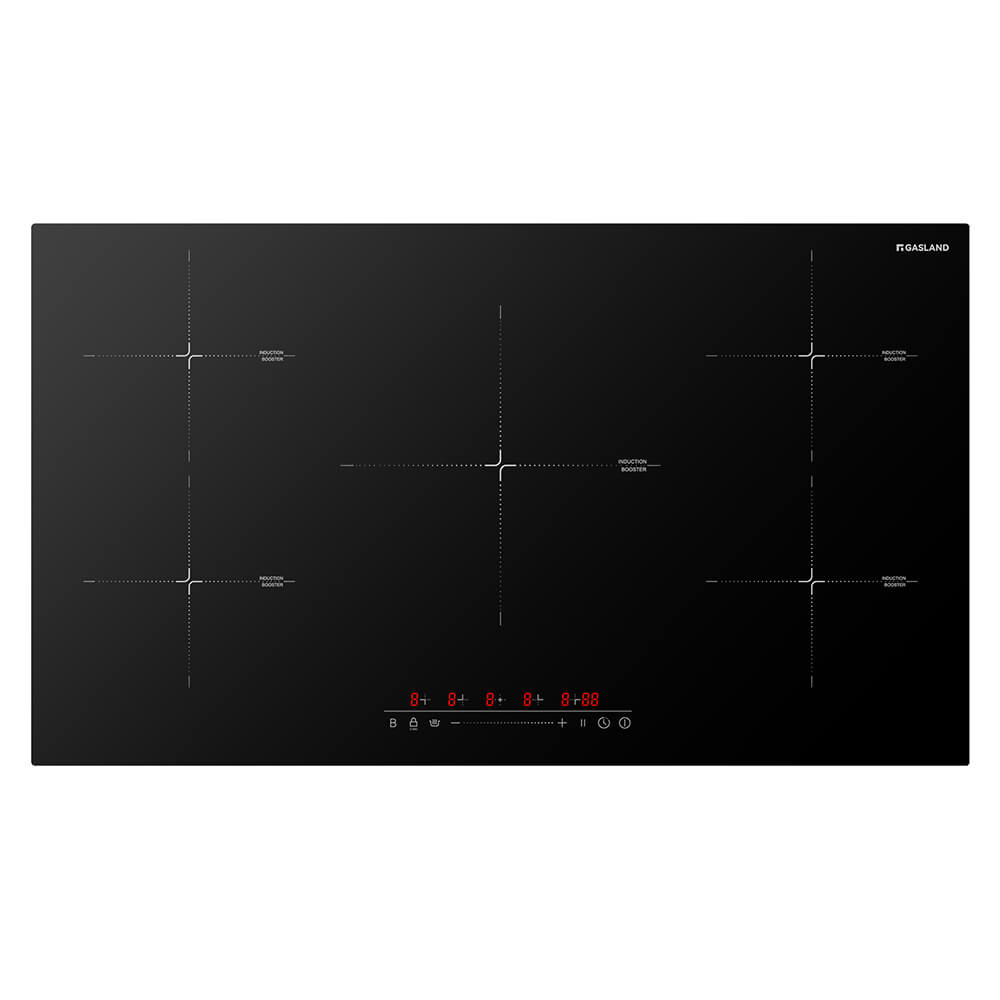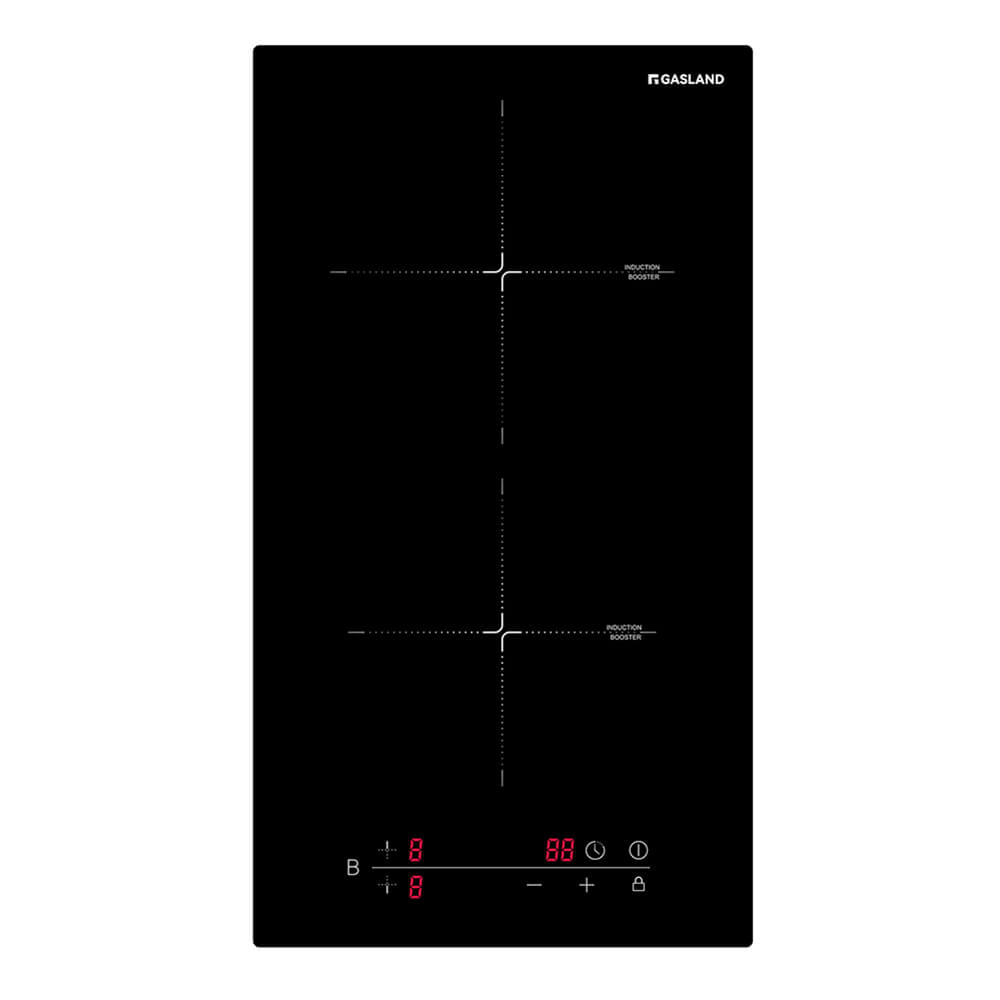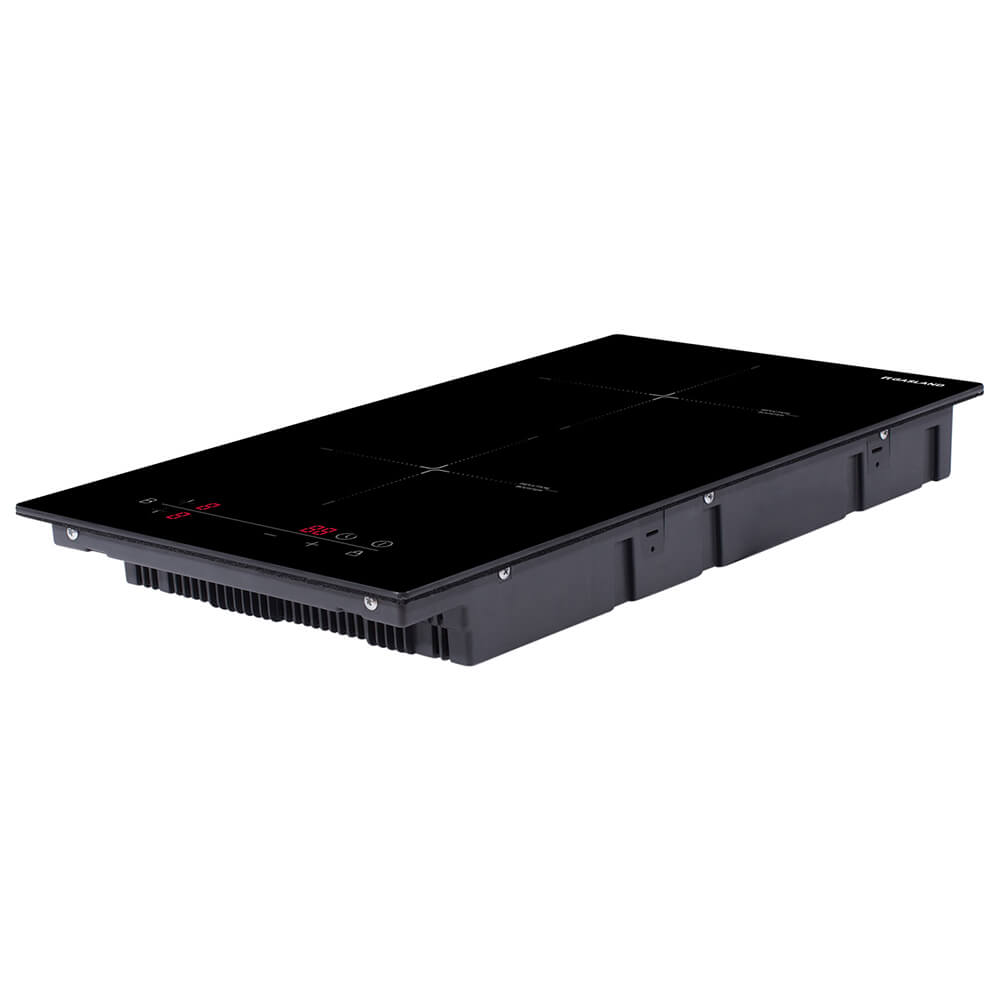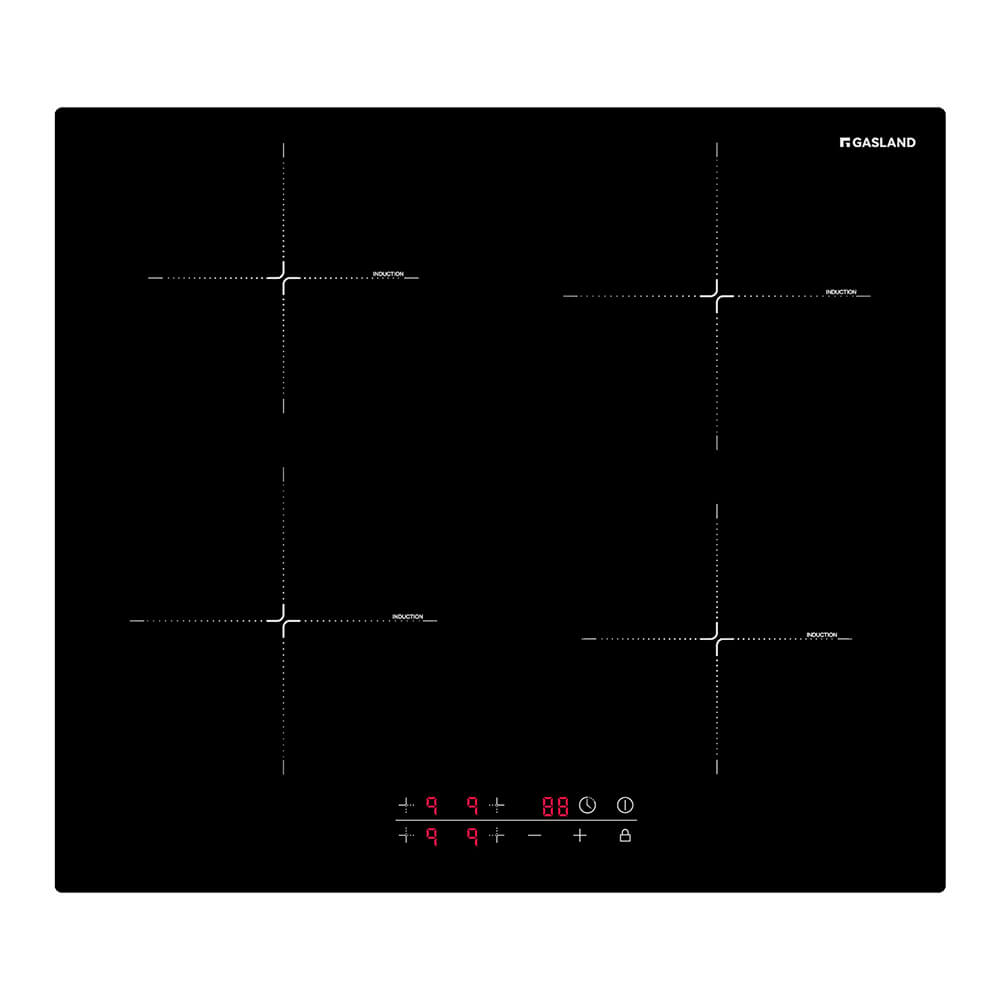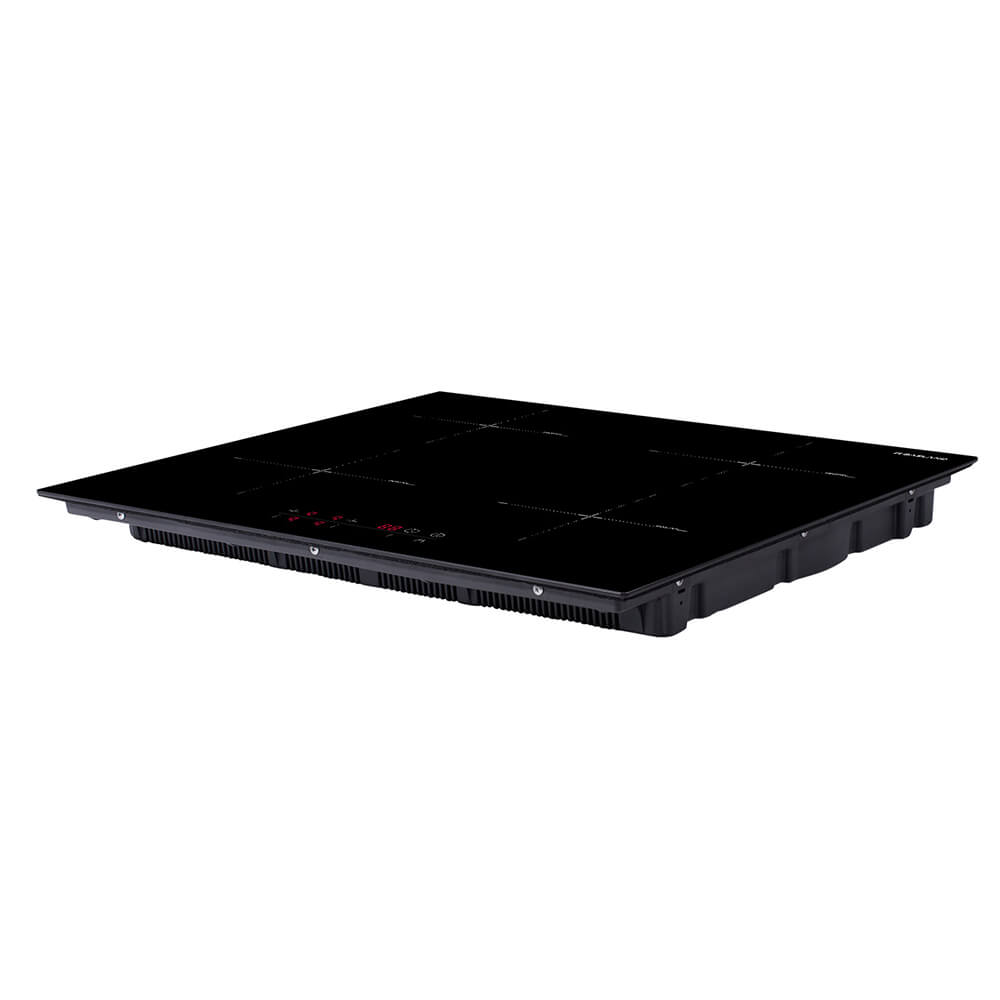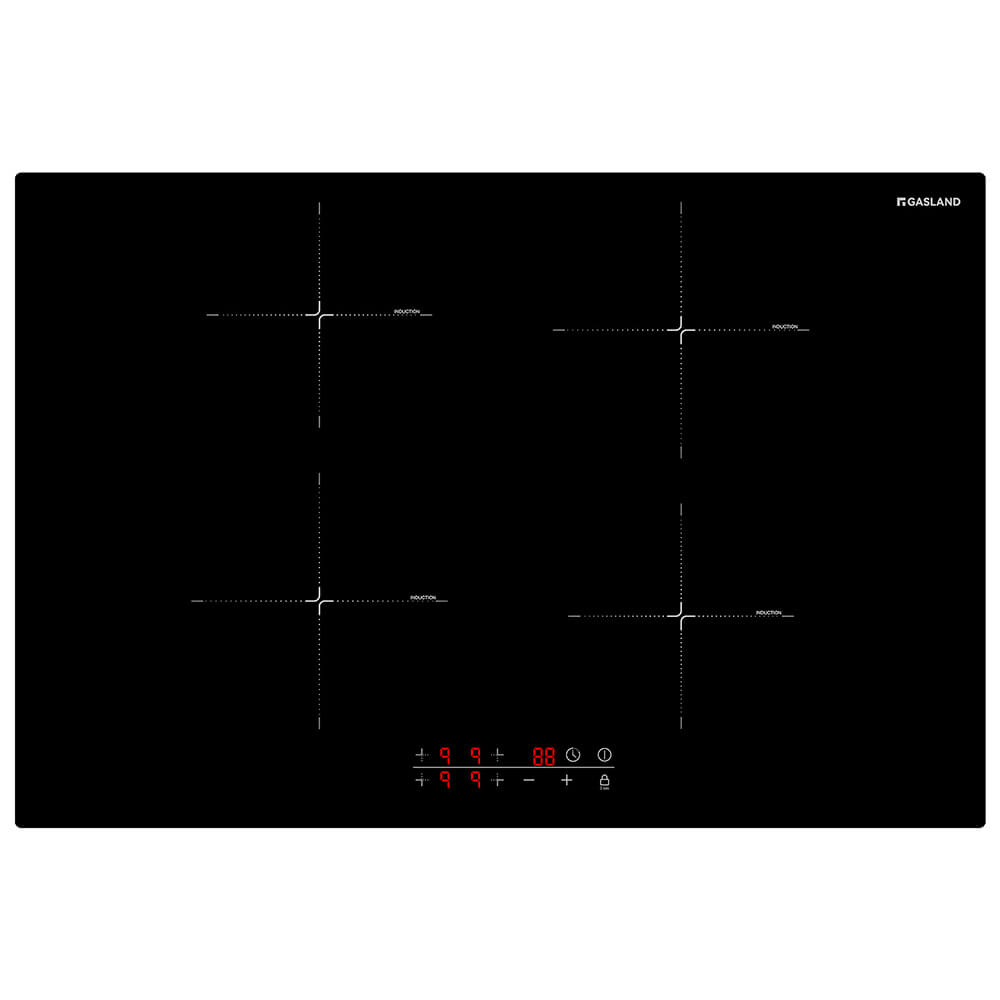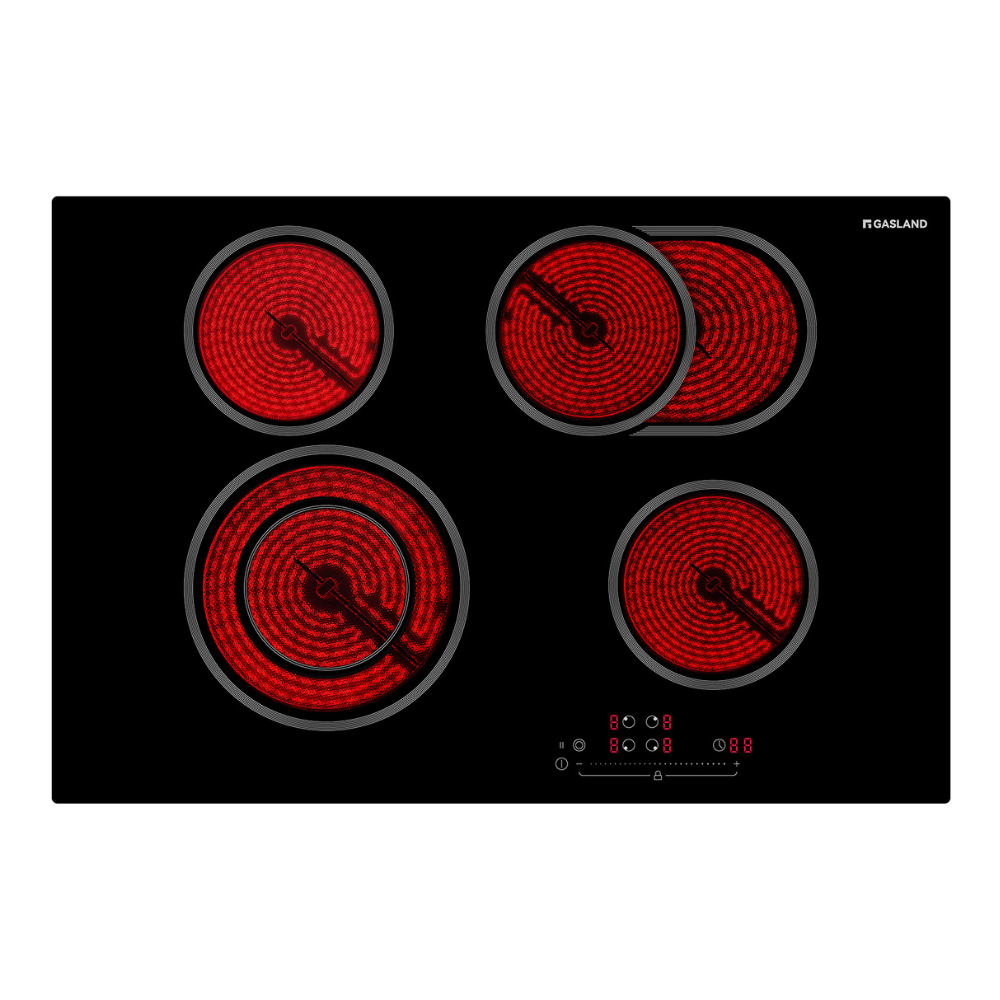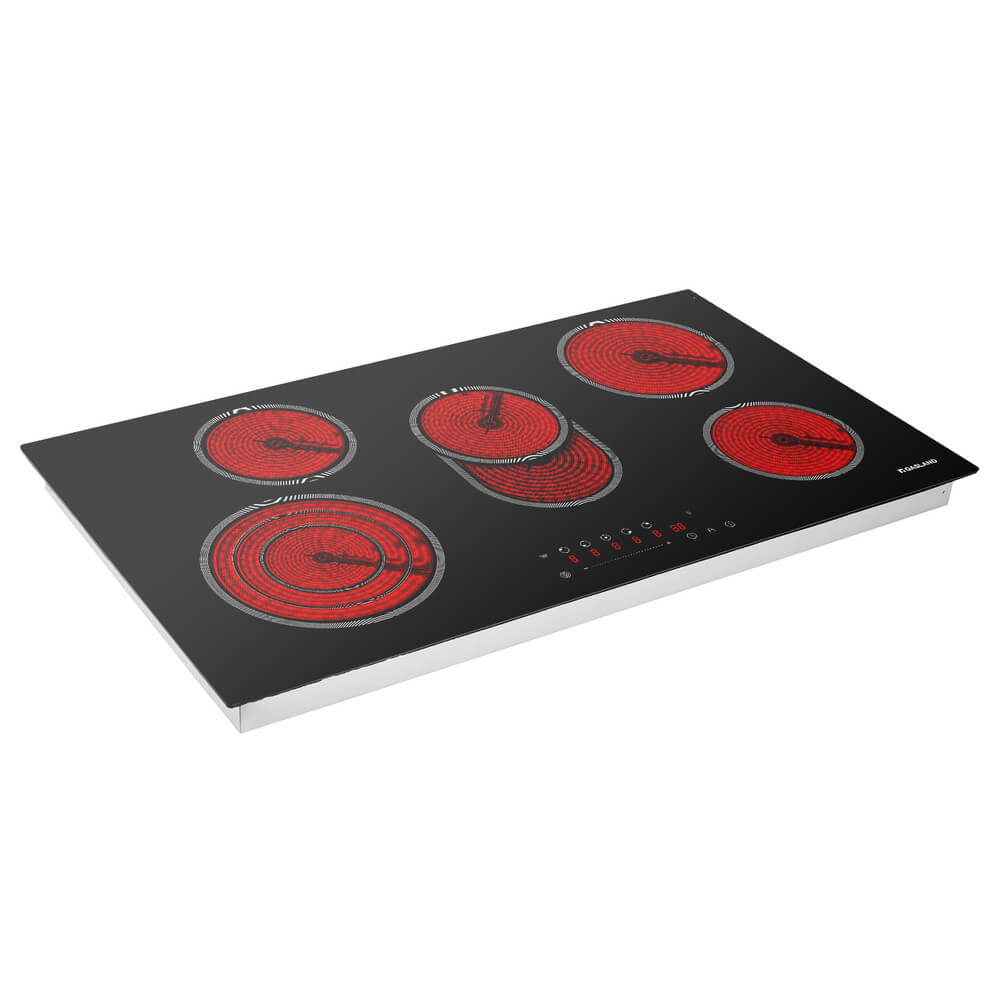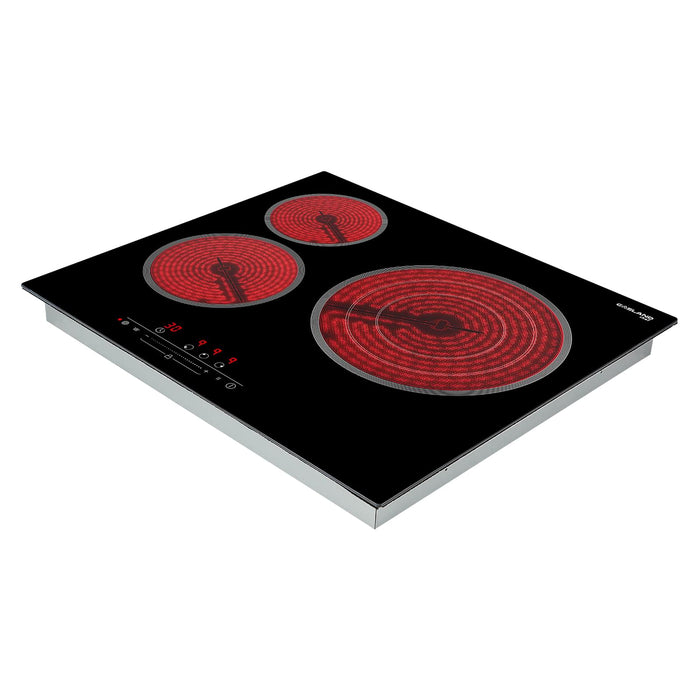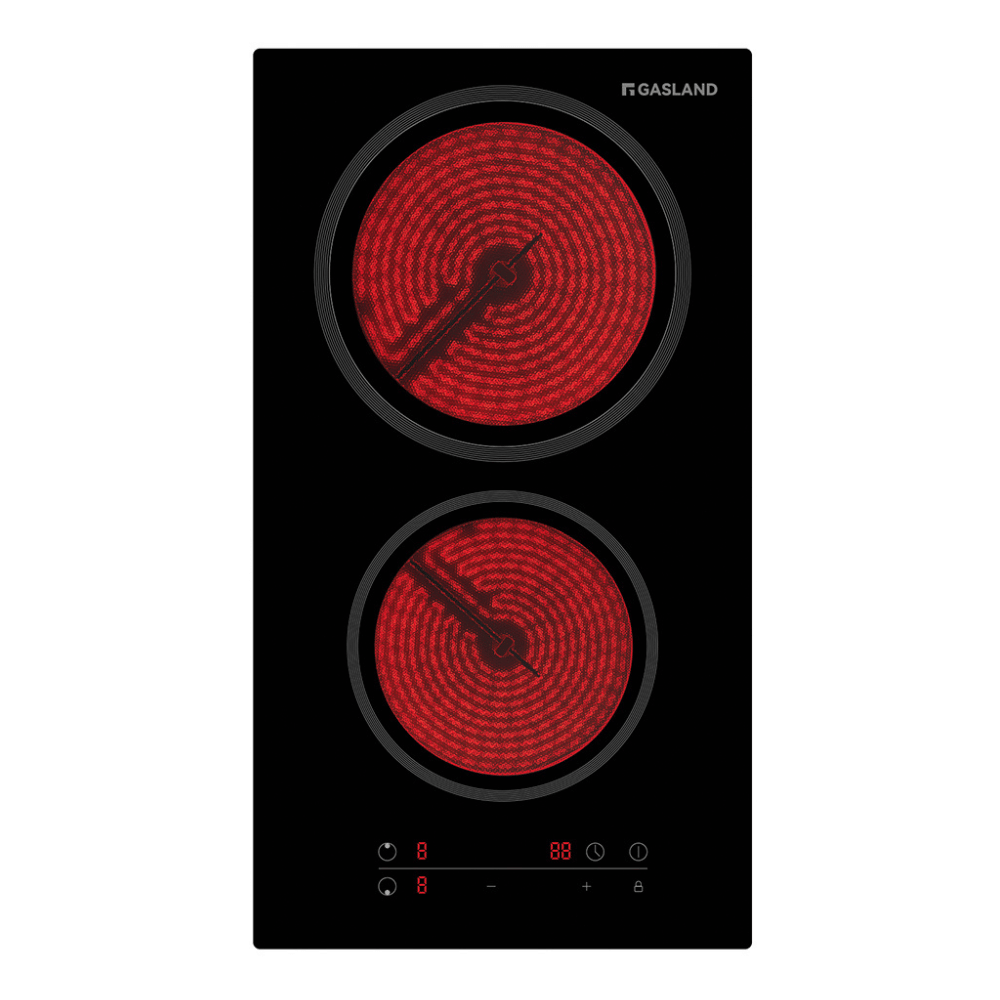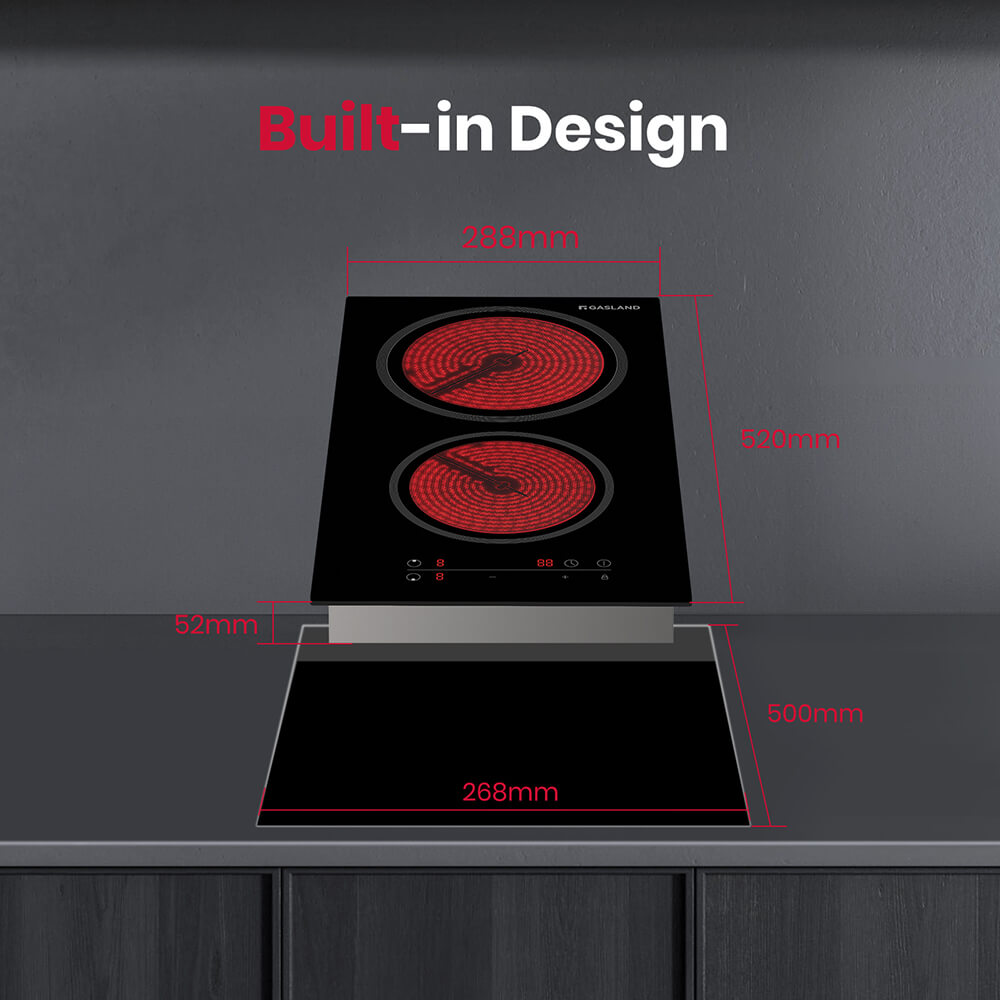Convection and other added features help make over-the-range microwave ovens an enticing choice over space-stealing countertop models. But if you care about venting smoke and fumes, you're better off with GASLAND range hood, especially if you cook on a higher-powered stove.
Consumer Reports does not test range hoods at this time, but this buying guide can help you before you shop.
What We Found
- Stylish Yet Practical
Over-the-range hoods have become as stylish as they are practical. Most now offer the commercial look of stainless steel—and you needn't pay a pro-style price to get a pro-style hood.
- Range Hoods vs. OTR Microwaves
The best hoods we tested in the past excelled at containing and exhausting smoke and fumes and exchanging air. Some were also notably quieter than the others and better at delivering high and low levels of lighting. Our recent tests of microwaves focused on cooking evenness, automatic defrosting ability, speed of heating, noise, ease of use, and venting. Note that even the best can't vent as well as a range hood.
- What to Consider
Vented or duct-free? We do not recommend a ductless hood as it will take the smoke and odors and disperse them throughout the kitchen and the rest of the house. Venting the hood to the outside is better, but more complicated to install.
Choose the right type. Undercabinet hoods mount to the bottom of a wall cabinet. If the hood is on an exterior wall, ductwork can be routed up through the cabinet and then outside, or for some models, directly through the back of the hood. Otherwise ductwork must be routed through the cabinet to a chase, soffit or ceiling.
Wall chimney hoods can work where there are no cabinets and mount with exposed vent stacks on the wall. Island hoods, which also work above a peninsula, are mounted to and vented through ductwork in the ceiling. These lack a wall of cabinets alongside them to help funnel fumes, so consider one that is at least six inches wider than the cooktop.
- Don't Downsize
This is one time when bigger often is better. Any hood you consider should be at least as wide as the cooking surface it will be installed above. And avoid downdraft hoods, which were unimpressive in our past tests.
- CFM Is Not Everything
Manufacturer airflow claims tout cubic feet per minute (CFM) of air exhausted. More airflow does mean faster venting but doesn't guarantee better smoke capture and removal.
- Install It Properly
Whether you opt for a hood or an over-the-range microwave oven, be sure it's installed according to the manufacturer's directions—typically, 18 to 30 inches above the burners or elements. That gives you working room while helping to prevent steam from escaping to the sides. Vent outdoors, if possible, using the largest-size solid, smooth-walled metal ducting that fits. Keep duct runs short and minimize bends to maximize airflow. A wall or roof cap outside the house prevents back drafts. Wash or replace the filters every one to three months—or more often if you cook frequently.
Types
The layout of your kitchen largely dictates the type of range hood you can use. To choose the right size range hood, be sure that any model you consider is at least as wide as the cooking surface it goes above. Here are the types of range hoods to consider.- Undercabinet Hoods
- Wall-Chimney Hoods
- Island Hoods
- Downdraft Hood
- Ductless Hoods
- Range Hood Features
- Airflow
- Number of Fan Speeds
- Thermostat Control
- Exhaust Timer
Range hoods come in four basic configurations, each designed for a specific application: under cabinet (vented and nonvented), wall chimney, downdraft, and island location. They range from 33- to 66-inch widths. Features to look for include high cubic-foot-per-minute capacity, electronic controls, auto start/speed heat sensor, food-warming capabilities, auto extend and retract, filter-maintenance indicators, and halogen lights.



